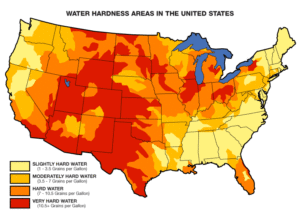Cool facts about water:
- Most of Earth’s surface (nearly three-quarters) is covered with water, but only a small percentage (2.5%) is fresh. The other 97.5% is saltwater. Of that tiny percentage of freshwater, most (roughly two-thirds) is locked up in glaciers and ice caps. The only other places in the solar system where liquid water exists are on the Jovian moons Europa and Callisto. Every living organism on Earth need it to survive. Each day, we exhale a little more than a cup of water (as vapor). Food is mostly water.
Water is an amazing substance. Many of us take its existence for granted. It can absorb a large amount of heat, which makes it a great medium to use in cooking – steaming, braising, sous vide, proofing. Water is what makes CVap® technology so powerful, and so precise.
It dissolves and contains minerals and other sediments. Some of these dissolved substances can do funky things to both you and your cooking equipment. That’s what makes it so crucial to clean and maintain your CVap equipment daily.
CVap technology uses water heaters to directly affect food temperature. As it evaporates from the evaporator, it leaves behind the minerals and sediments that were previously suspended in the water. Over a few hours,mineral concentrations will naturally rise. If not cleaned properly, mineral concentrations can eventually reach a level that poses a contamination hazard to your food and could damage the equipment’s stainless steel interior. Adding a tablespoon of white vinegar or lemon juice to the water can help neutralize minerals, but based on your location, you may need to take additional treatment steps before using that water in your equipment.
There are several types of treatment options to consider.
- Sediment filtration removes suspended solids, reducing cloudiness. Cloudiness is usually caused by particles suspended in the water. These filters use a natural media (like sand) to filter out the funk.
- Carbon filtration also removes sediment, as well as chlorine, organic, bad odors and, flavors. As the name implies, carbon filtration uses activated charcoal to absorb the nastiness.
- Water Softening removes calcium, magnesium and, other metals in hard water by using ion-exchange resins. Minerals are flushed out via a salt solution.
- Phosphates perform three broad functions: inhibit corrosion, chemically separate metals, and improve quality by removing scale deposits, discouraging microbial film formation, and stabilizing free chlorine residuals.
- Reverse Osmosis is by far the most thorough treatment option. It purifies using applied pressure to force water through a semipermeable membrane, filtering out everything but water molecules. The pores in the filter membrane can be as small as the radius of some atoms. This means it can reliably filter out salts and metallic ions. There is a drawback – reverse osmosis creates a lot of wastewater.
Curious about how hard your water is? The map below gives you an approximate idea of water hardness throughout the continental US (image courtesy of USGS). Check out this USGS website to get an idea of how mineral-laden the water in your region is.
What’s all this got to do with CVap?
Every piece of CVap equipment is constructed out of stainless steel. Stainless steel is an incredible material, but it’s not indestructible. And water is one of the things that can flat take down stainless – or more specifically, the minerals found within it. That’s why daily cleaning is critical, not just for CVap equipment, but for any piece of stainless steel equipment.
Want to know more about stainless steel maintenance and vulnerabilities? Check out this blog post on that very subject!






